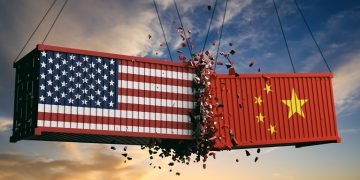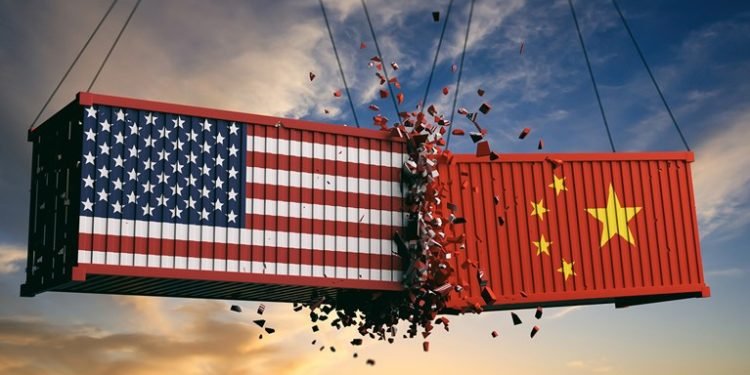By Eva Richardson | The Logistic News
Fresh tariff measures between China and the U.S. are once again putting supply chains under intense pressure, reigniting concerns across the logistics industry.
Manufacturers, importers, and freight forwarders on both sides of the Pacific are facing a now-familiar challenge: unstable transit times, rising costs, and limited visibility across trade routes once considered reliable.
Earlier this month, the U.S. government rolled out a new set of tariffs in response to China’s expanding industrial policy initiatives. The duties target a wide range of sectors — from electronics and automotive parts to components in the clean energy supply chain. In turn, Beijing has hinted at retaliatory steps, heightening tensions and triggering immediate ripple effects across the logistics sector.
On the ground, the impact has been swift. Carriers report slower cargo movement as clients scramble to re-evaluate sourcing strategies and shift cargo through alternate ports to reduce exposure. Coastal terminals, particularly those processing redirected volumes, are beginning to see signs of congestion.
“Some of our customers are putting orders on hold or routing them through smaller ports to stay flexible,” said a freight broker based in Long Beach. “The unpredictability is making planning almost impossible.”
Beyond the tariffs themselves, the broader regulatory environment is adding fuel to the fire. Customs procedures are tightening, clearance times are growing longer, and risk-related premiums for certain routes are inching upward. For many companies, the logistical puzzle is growing more complex by the day.
Retailers and distributors in the United States are also experiencing difficulties. Lead times from Chinese suppliers are lengthening, and some are shifting part of their supply base to Southeast Asia or Mexico. But those alternatives come with their bottlenecks: limited capacity, longer onboarding timelines, and steep transition costs.
Chinese exporters are not spared. Some report rising inventory levels as American buyers delay or renegotiate orders. Others are refocusing efforts on nearby markets in Asia to balance a cooling U.S. pipeline.
“This isn’t theoretical,” said a Shanghai-based logistics consultant. “Even small policy shifts between the U.S. and China can throw the entire supply chain off balance — from the manufacturer to the final delivery.”
Both governments are holding their ground, forcing logistics providers to make real-time adjustments. Some are investing in predictive analytics and advanced demand modeling. Others are streamlining contracts, diversifying partners, or establishing buffer inventories closer to end markets.
While the geopolitical narrative dominates global headlines, the day-to-day consequences are being recalculated in warehouses, docks, and logistics planning rooms.
The China–U.S. trade corridor remains one of the most vital in global commerce. But the days of predictable flow and pricing are quickly fading. For now, uncertainty is the only reliable constant.























